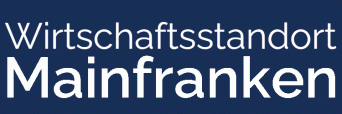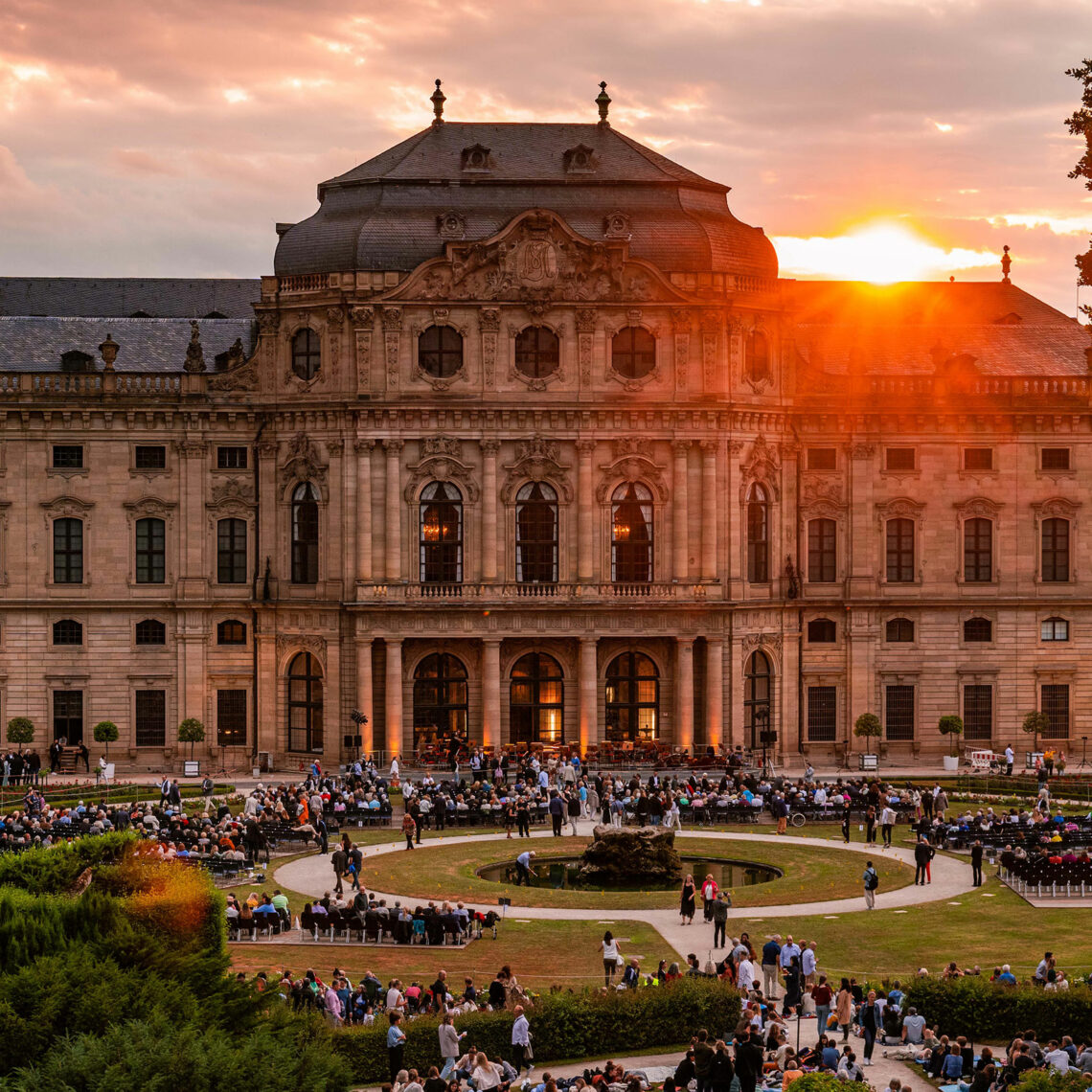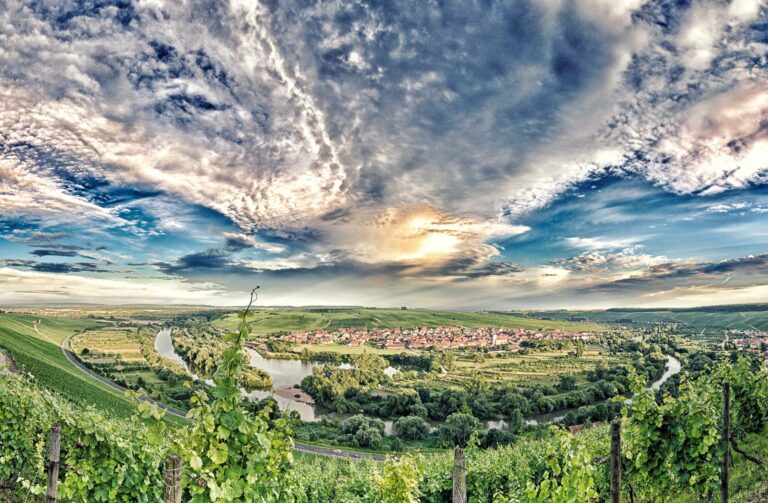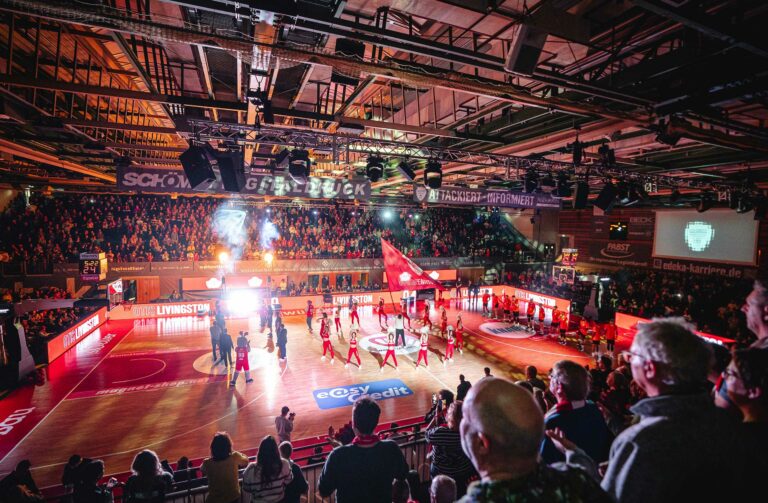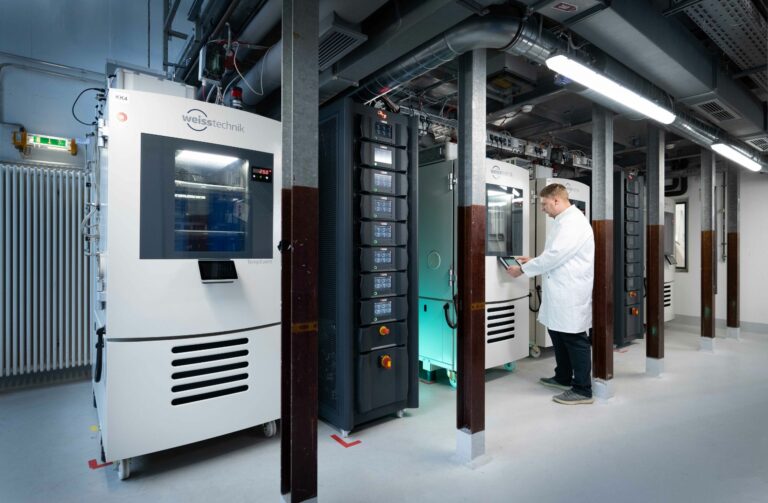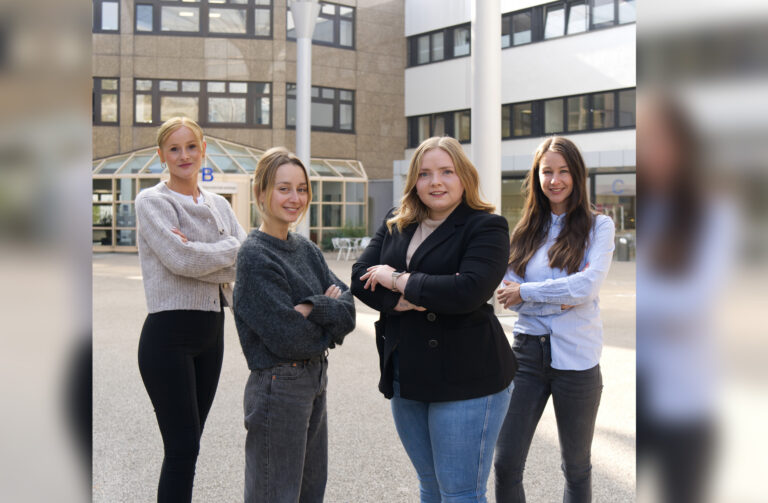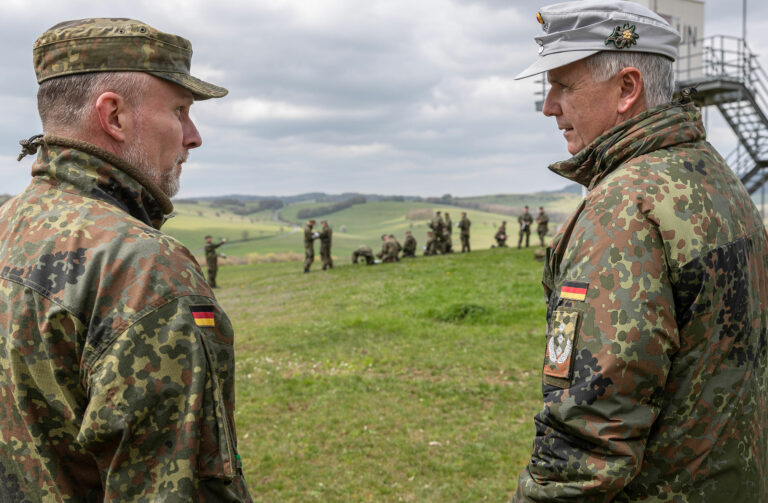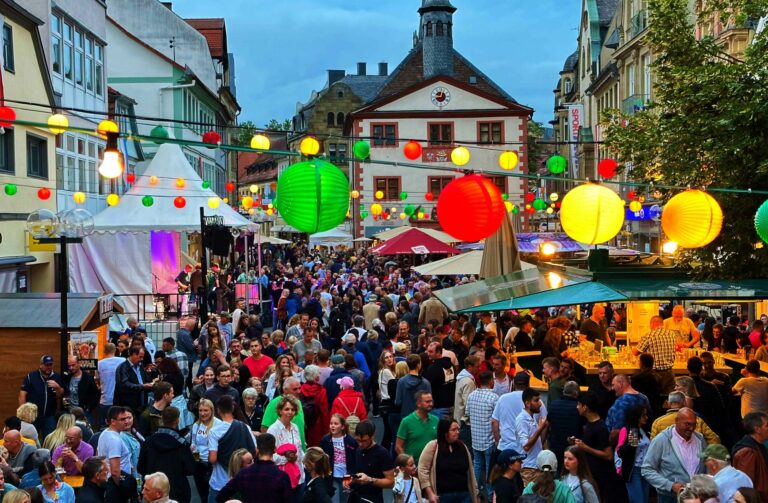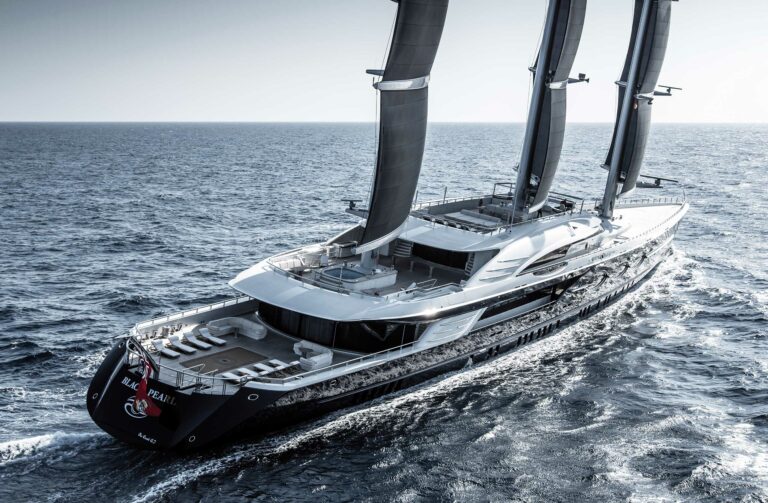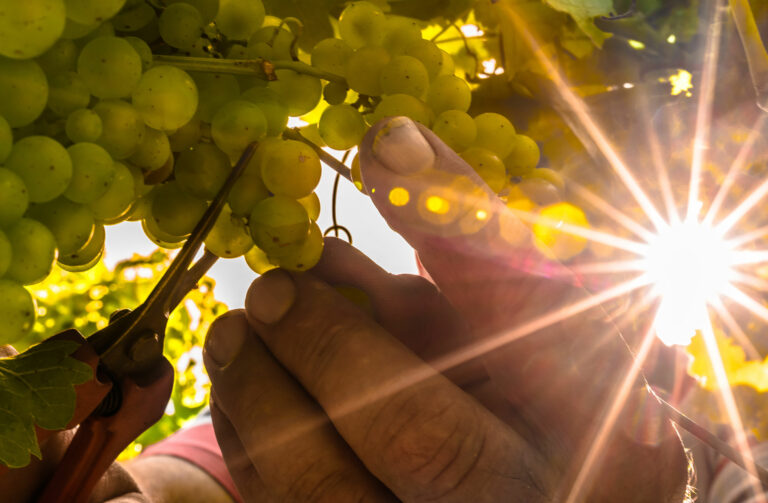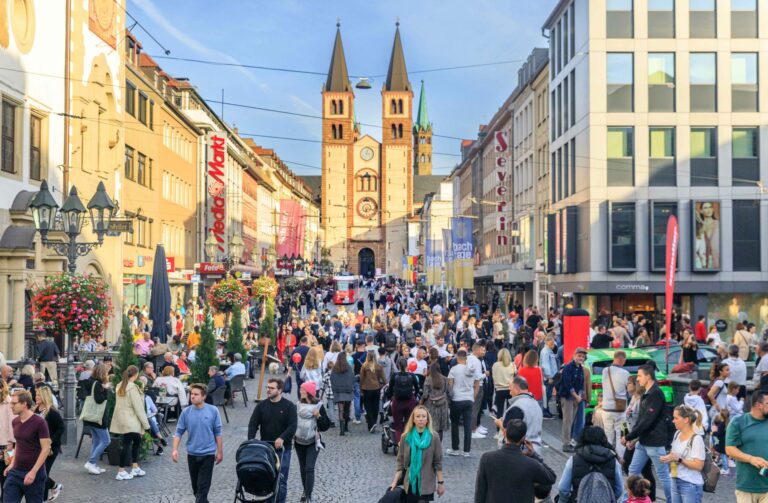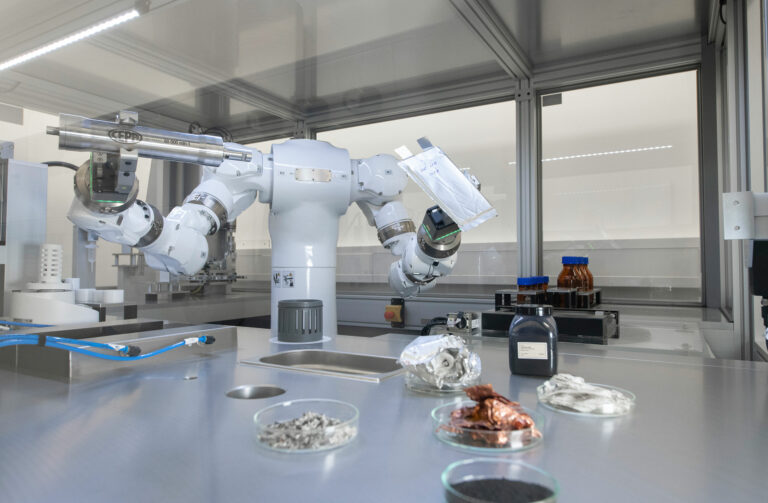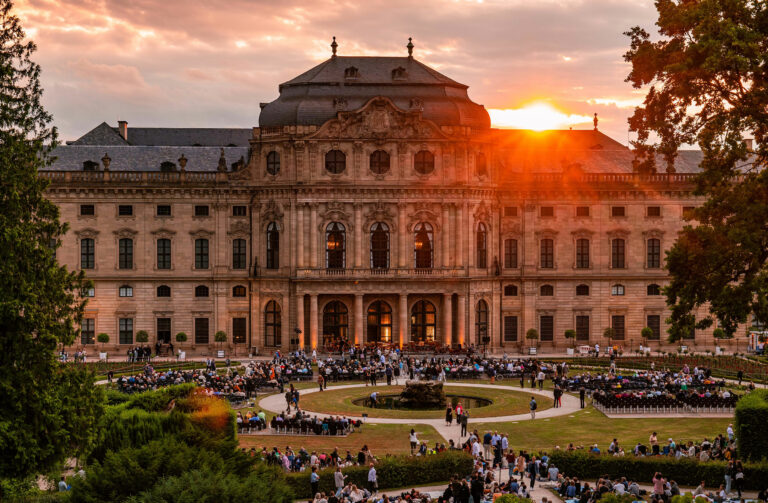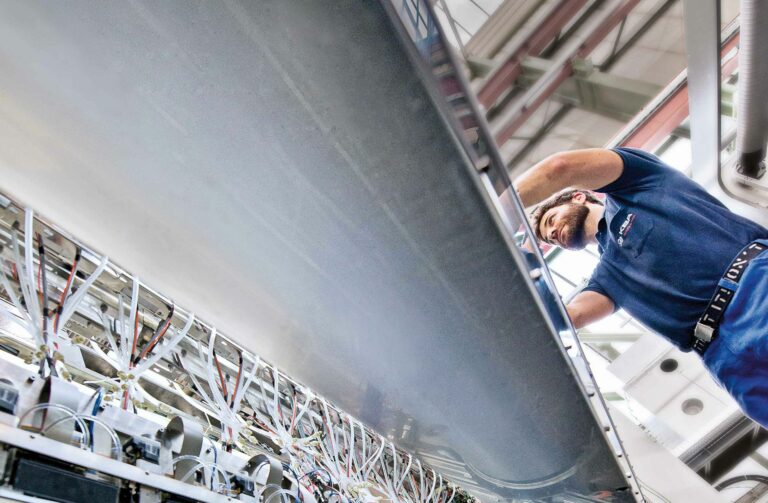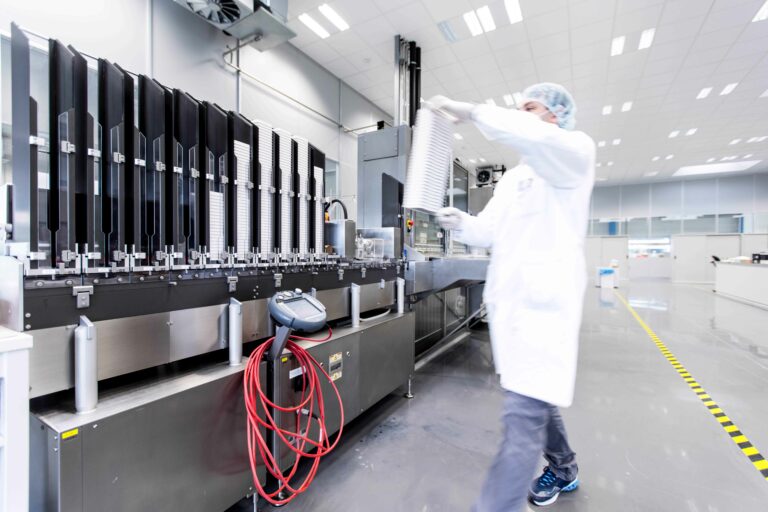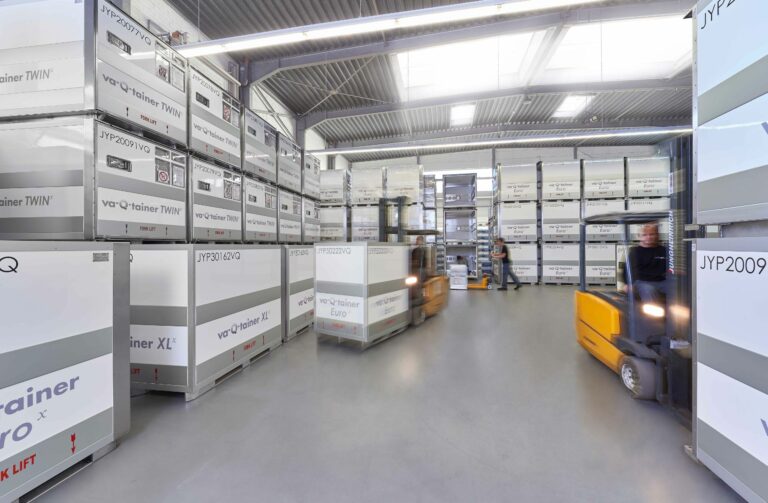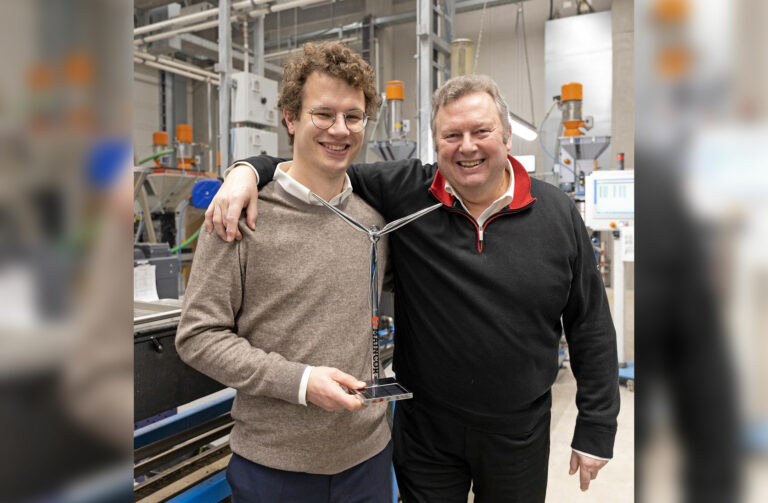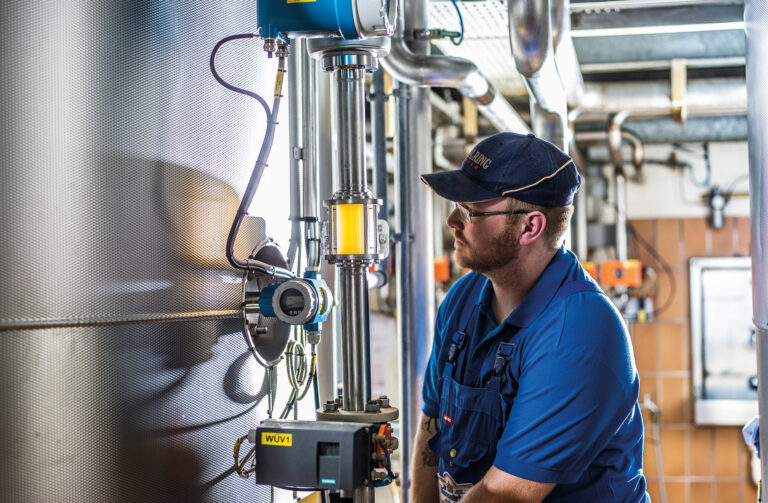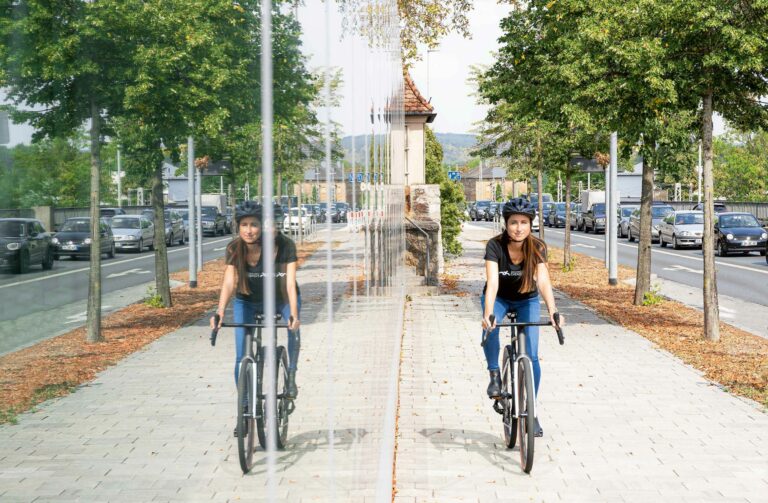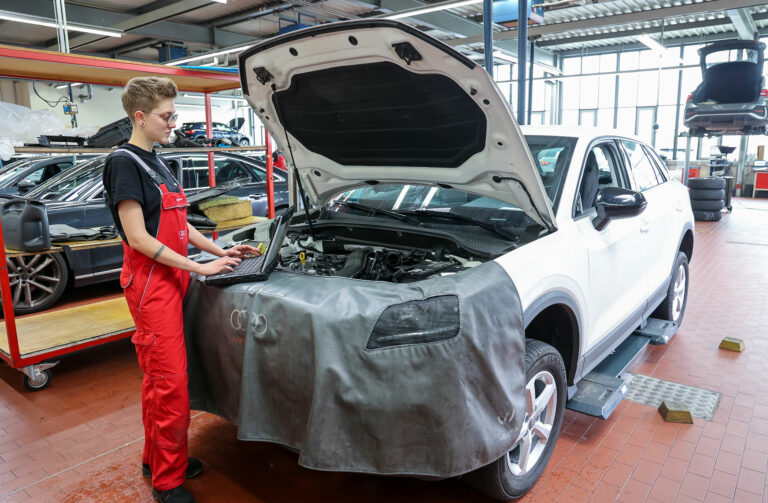The cultural and creative industries
The media and creative industries have a long tradition in Main Franconia. Walther von der Vogelweide, probably the most important poet of the Middle Ages, worked in Würzburg and died here around 1230. Anyone who has ever been exposed to Middle High German probably knows his well-known poem “Ich hân mîn lêhen, al die werlt, ich hân mîn lêhen” (“I’ve got my fief, you world! A fief at last!”), in which he expresses his gratitude for a piece of land or house in or around Würzburg that Emperor Frederick II has given to him as a reward.
Koenig & Bauer, in turn, the oldest and second largest printing press manufacturer in the world, was founded in Würzburg in 1817 and still has its head office on the Main. Friedrich Koenig’s cylinder press printed the London daily newspaper “The Times” using steam engine power for the first time in 1814. This long tradition and the associated expertise continue to have an impact in the present day. Today, the cultural and creative industries are a real heavyweight in Main Franconia. With around 8,500 companies, it is one of the most important and dynamic economic sectors in the region.
But what is actually meant by the cultural and creative industries and who is involved in them? All companies and self-employed professionals who earn their money with art, culture and creativity. It includes eleven sub-markets: the architecture market, book market, performing arts, design industry, film industry, art market, music industry, press market, broadcasting industry, software/games market and advertising market. In Germany in 2021, the gross value added in the cultural and creative industries, with a total of 1.8 million people working in this field, was around 103.7 billion euros – and therefore above the level of mechanical engineering and even ahead of other sectors such as financial services, energy supply or the chemical industry (Federal Ministry for Economic Affairs and Climate Action, Cultural and Creative Industries Monitoring Report 2022, p. 14).
Cultural and creative industries also play a prominent role in Main Franconia. They also provide a source of inspiration for other areas and the living space. This is because media communicate, culture creates identity – both are important location factors that encourage people to stay, and in the best case, even to move here. In light of this, the importance of the cultural and creative industries for regional economic development is also growing.
Only a few companies can be singled out here from the colourful and vibrant Main Franconian media and creative landscape: the dominant newspaper publisher is the Main-Post media group, which has belonged to the Augsburg media group Pressedruck (with Augsburger Allgemeine, Südkurier Konstanz) since 2010. In addition to the flagship “Main-Post”, printed and digital, it publishes various regional editions and local newspapers in Main Franconia. Online media platforms such as “Würzburg erleben” (Experience Würzburg) and “Schweinfurt City” address other, also younger, target groups and communities with social news, infotainment and discussions.
Founded in 1891, the Würzburg-based family business Vogel Communications Group is a leading provider of specialist communication and specialist information. The group of companies is represented at nine locations in German-speaking countries, including Berlin, Augsburg and Munich, and internationally with a focus on China. Eight communication agencies and service companies, around 100 specialist media in the areas of automotive, industry, information technology, law/economics/taxes and B2B communication/marketing with well-known media brands such as “MM MaschinenMarkt”, “Automobil Industrie”, “kfz-betrieb” or “IT-Business” as well as 300 business events form the Group’s core offer.

Book and academic publishers include Königshausen & Neumann specialising in humanities and cultural studies, Echter Verlag as a specialist publisher for religion, theology, spirituality, counselling, religious poetry and also Franconian regional literature, as well as Arena Verlag, which belongs to the Westermann Group, for literature for children and young people.
Of course, there are also religious media related to the episcopal seat of Würzburg: the church newspaper “Würzburger katholisches Sonntagsblatt” since 1850 and the “Tagespost” as a supra-regional Catholic weekly newspaper for politics, societal issues and culture for 75 years.
Bayerischer Rundfunk, with its Würzburg studio and around 50 employees and correspondents throughout Lower Franconia, reports daily from Main Franconia on radio, television, online and smartphone app. It is joined by BR studios Untermain and Main-Rhön in Aschaffenburg and Schweinfurt.
Private broadcasters are TV Mainfranken, with 230,000 regular viewers per month among the top 5 of all Bavarian TV stations, and Funkhaus Würzburg, which operates two 24-hour full programmes and the online newspaper Mainfranken24.de with stations such as Radio Gong and Radio Charivari.
The “creative industries” spectrum is expanded by well-known companies from the software/gaming industry. HandyGames, for example, based in Giebelstadt and part of the THQ Nordic Family/Embracer Group since 2018, is one of the leading video game developers and is recognised as an international indie games publisher.
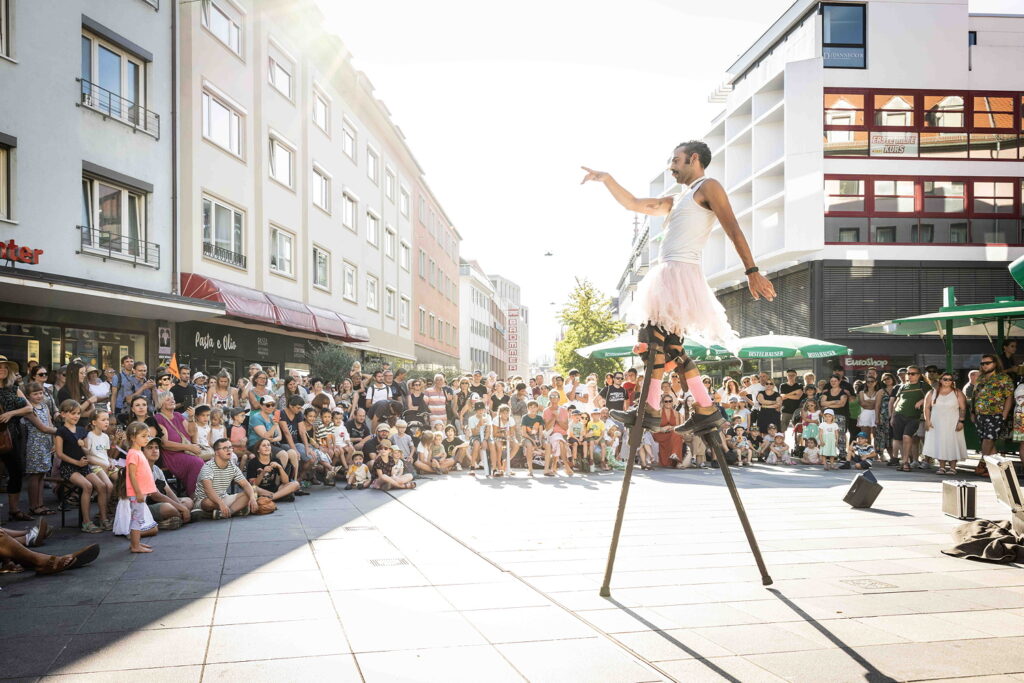
In addition, there are a large number of other innovative and successful companies in Main-Franconia that are dedicated to creating software as well as internet and AI applications. The proximity to high-performing universities is a huge location advantage here, sometimes even the starting point for start-ups. The Krick family of companies from Eibelstadt is both an information and communication company with address and directory media and a service provider in the areas of search engine marketing, providing, web hosting, web design, e-commerce and software development.
Last but not least are advertising and design agencies, which often win national prizes and awards and represent a real industry heavyweight in terms of numbers.
Finally, a word about music: Europe’s largest music store Thomann, with a turnover of billions, as well as nationwide concert promoters such as ARGO Konzerte and Hertlein are based in the region. And festivals such as the renowned Mozartfest, which celebrated its 100th anniversary in 2021 (young at heart!), the Kissinger Sommer, the Africa Festival as the largest festival for African culture and music in Europe, the Schweinfurter Kultursommer, the Würzburger Hafensommer, the Umsonst & Draußen festivals in Würzburg and Karlstadt and the STRAMU as one of the largest European street music festivals in Würzburg form the heart of an extremely vibrant music scene in Main Franconia.
And the future prospects of the cultural and creative industries in Mainfranken? If you look at the next generation, all relevant apprenticeships are available. In terms of academic education, 7,000 students are enrolled at the Julius-Maximilians-Universität Würzburg and the Technische Hochschule Würzburg-Schweinfurt in 20 media and media-related degree courses alone. Not forgetting the University of Music Würzburg, one of the oldest and most renowned music education institutions in Germany with around 600 students.
Anyone who considers all this will recognize the great potential and opportunities of this diverse, prosperous and dynamic landscape. There is no need to fear for the future of the cultural and creative industries in Mainfranken!
Header picture: The Mozartfest in the Würzburg Residence is a must for classical music fans. A Little Night Music in the Hofgarten is a particularly moving experience. The Little Night Music in the courtyard garden is a particularly atmospheric experience. Photo: Peter Schumann
